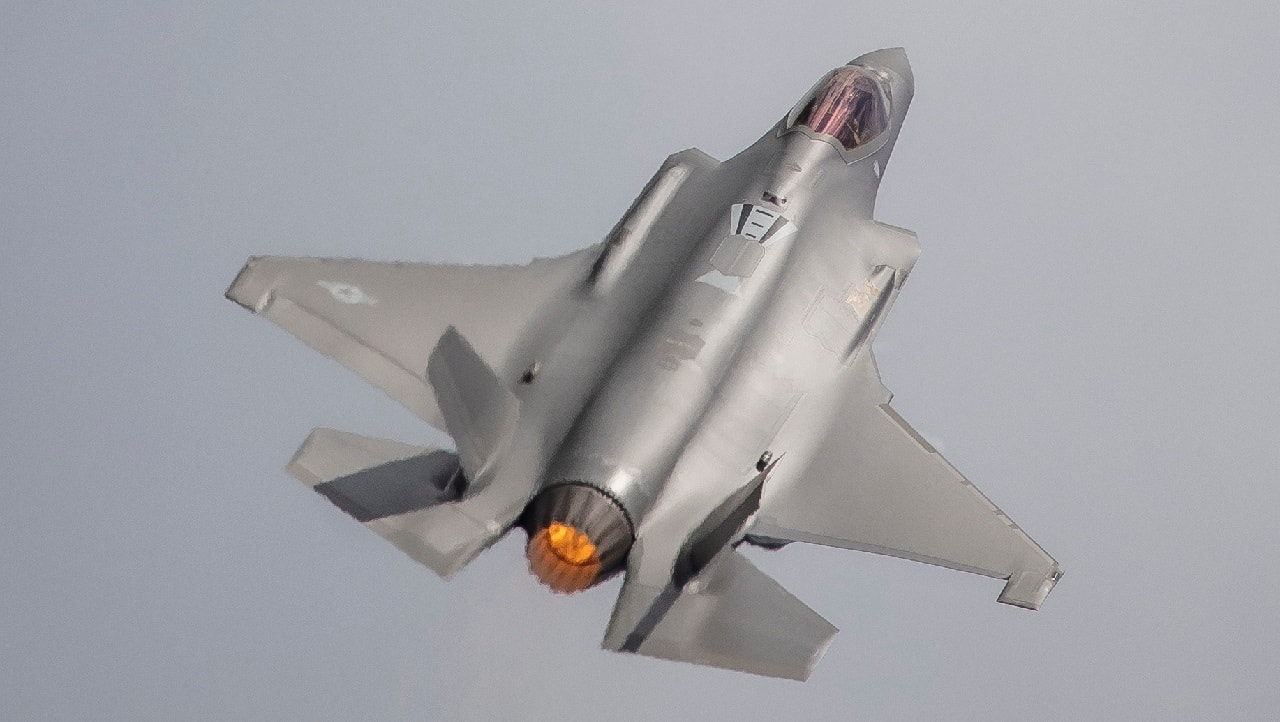Damaged F-35 Stealth Fighters Will Be Used for Training – Despite being arguably the most capable jet fighter in service in the world today, the Lockheed Martin F-35 Lightning II has been criticized – many times unfairly – for also being one of the most expensive military platforms in history.
Anytime there is an incident involving even minor mishaps the cost of the fighter is put in the spotlight.
However, efforts are being made to ensure that any damaged F-35 aircraft can continue to be used – if not in actual combat missions.
Though the mishap rate with F-35s is actually low compared to other fighters, each aircraft still has a price tag of around $80 million. United States Air Force airmen are now working to ensure ways that the airframes can be put to good use.
Currently, two F-35s that are involved in accidents will now be repurposed and used for training at Hill Air Force Base (AFB), Utah.
“It’s exciting. No one’s done this before. It’s new ground. We can innovate and make things happen,” Sgt. Andrew Wilkow of the 388th Maintenance Group at Hill AFB told KSL.com this month.
“What we are able to do now is work on damaged and destroyed airplanes to substitute using real, live airplanes and not affect the flying mission of the 388th.”
The 388th is now using a cockpit that was taken from an F-35B, the short/vertical takeoff and landing (S/VTOL) of the Lightning II now in service with the United States Marine Corps, to teach teams how to conduct repair work on the fifth-generation fighter.
That cockpit was likely from an F-35B of the Marine Fighter Attack Squadron 501 (VMFAT-501), which crashed at Marine Corps Station Beaufort in September 2018.
“This is going to give them that opportunity to get the training that they need to actually perfect their skills on something that’s not as important as a new F-35,” Browning added.
Damage F-35: Broken But Usable
The team at Hill is also employing an F-35 that was damaged in a crash at Eglin AFB, Florida, for training on larger repairs on the body of the aircraft.
Though apparently not airworthy, the damaged F-35 Lightning II is intact enough that teams can learn to do fuel cell maintenance and hydraulic system maintenance without worrying about causing harm to an in-service fighter.
Each training unit for the F-35 costs around $10 million, so repurposing the damaged aircraft remains a way to get some of the money back.
It is currently too soon to know if another F-35A, the conventional takeoff and landing variant, from the 388th Fighter Wing that crashed at Hill AFB last October will be able to be used as a trainer for repair crews.
The crash was significant enough that it caused an eight to 10-acre brush fighter, which was contained by fire crews from the base, though fortunately, the pilot was able to successfully eject.
It was the first Air Force F-35A to crash at Hill AFB, and the first crash at the base since an F-16 crash in 2009.
MORE: F-35I: Israel Has a Stealth Fighter America Dreams Of
MORE: H-20: China Is Building a New Stealth Bomber
MORE: Is Russia’s Su-57 Felon Stealth Fighter a Total Bust?
MORE: Merkova: Israel Has A Super Tank
Author Experience and Expertise:
A Senior Editor for 19FortyFive, Peter Suciu is a Michigan-based writer. He has contributed to more than four dozen magazines, newspapers, and websites with over 3,200 published pieces over a twenty-year career in journalism. He regularly writes about military hardware, firearms history, cybersecurity, politics, and international affairs. Peter is also a Contributing Writer for Forbes and Clearance Jobs. You can follow him on Twitter: @PeterSuciu.

